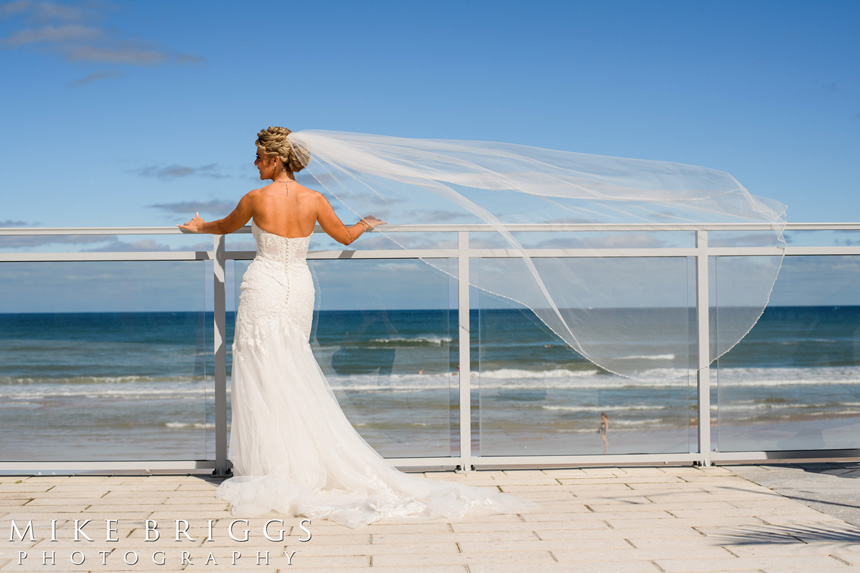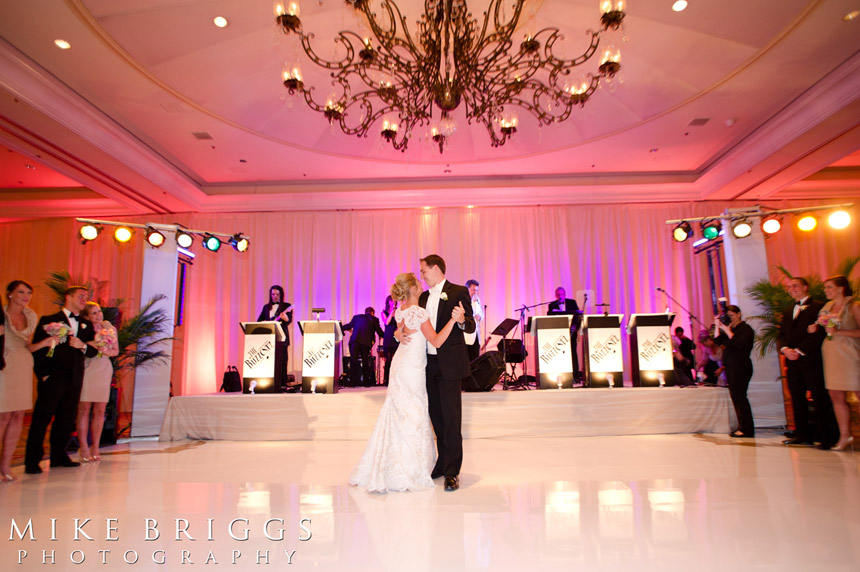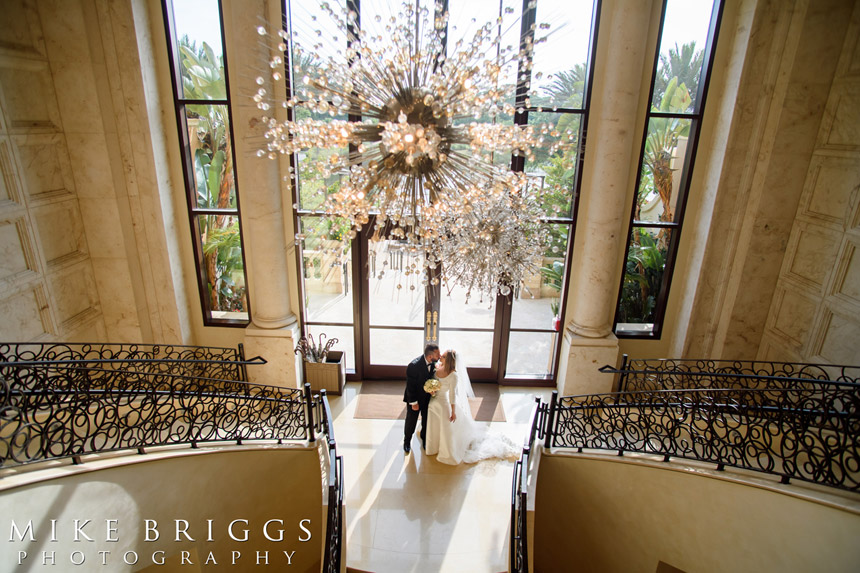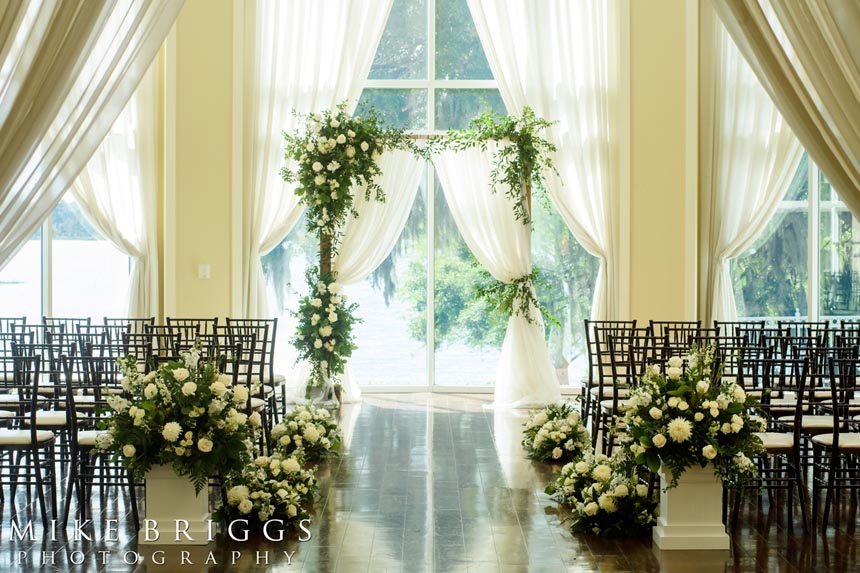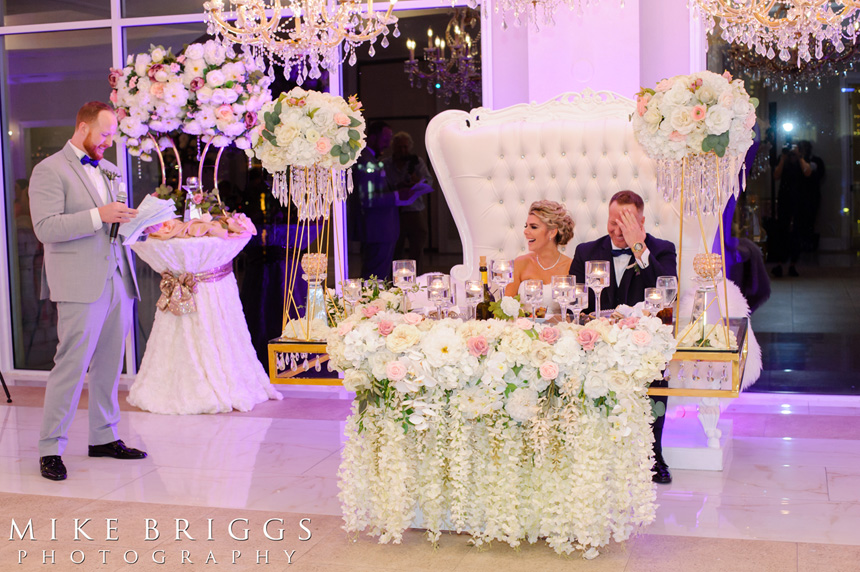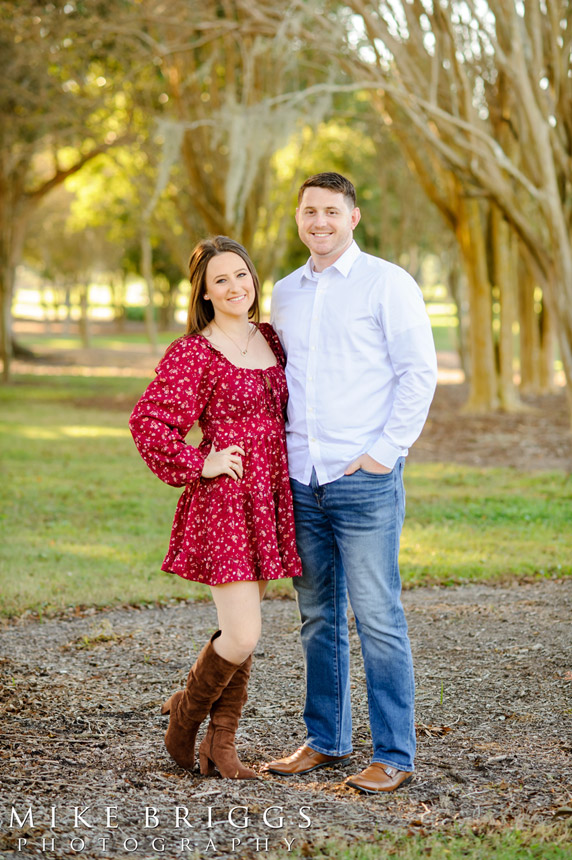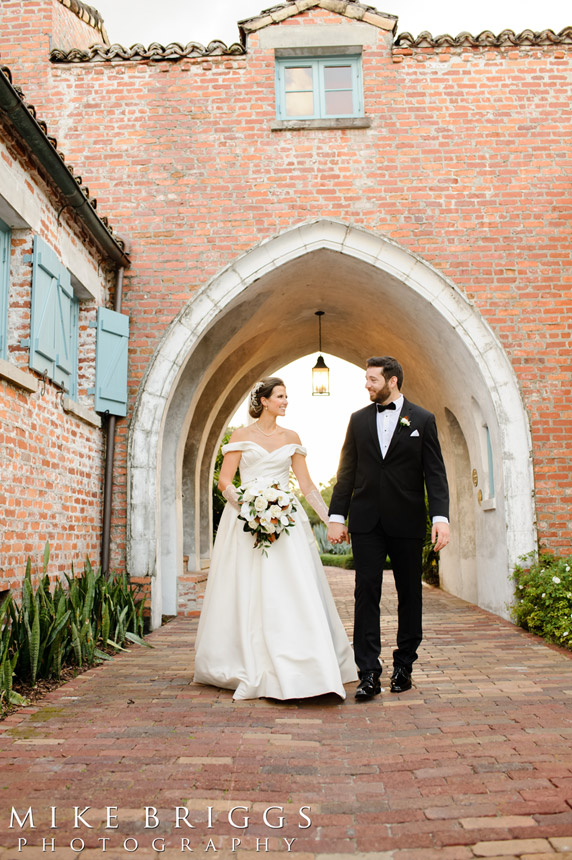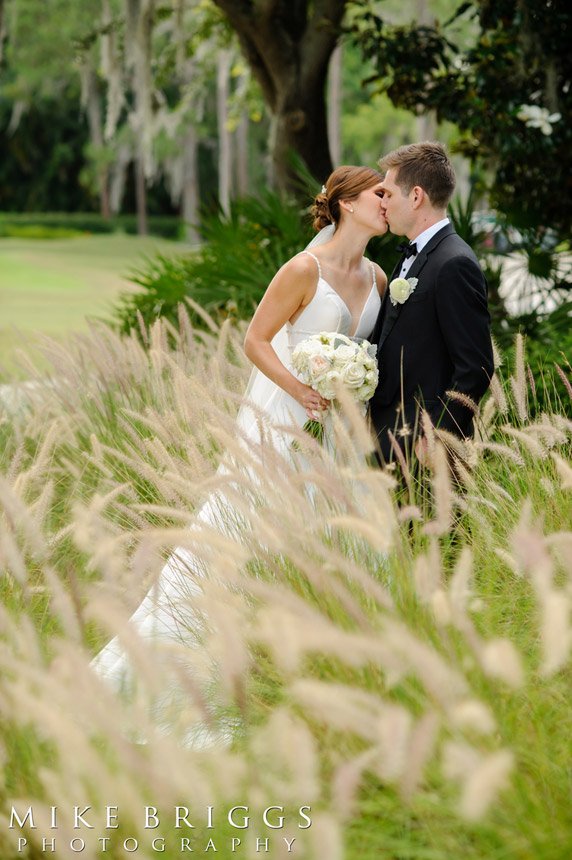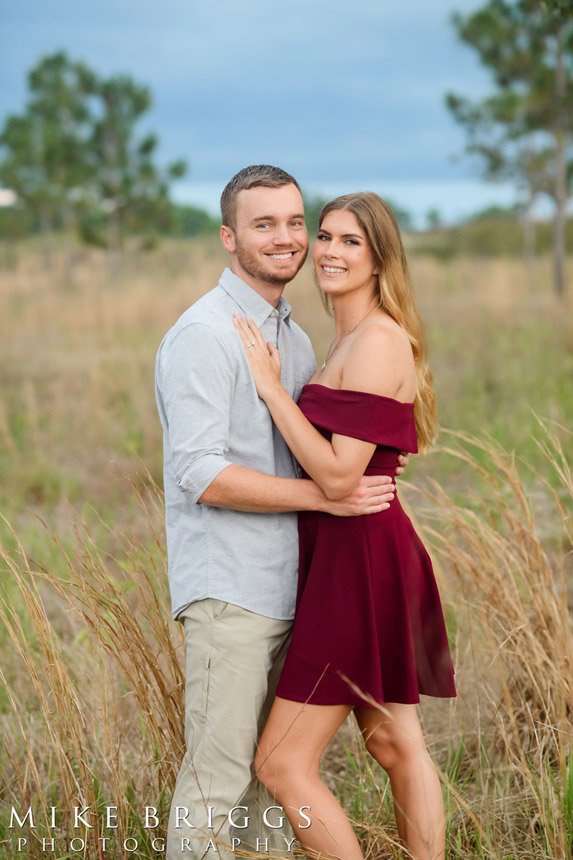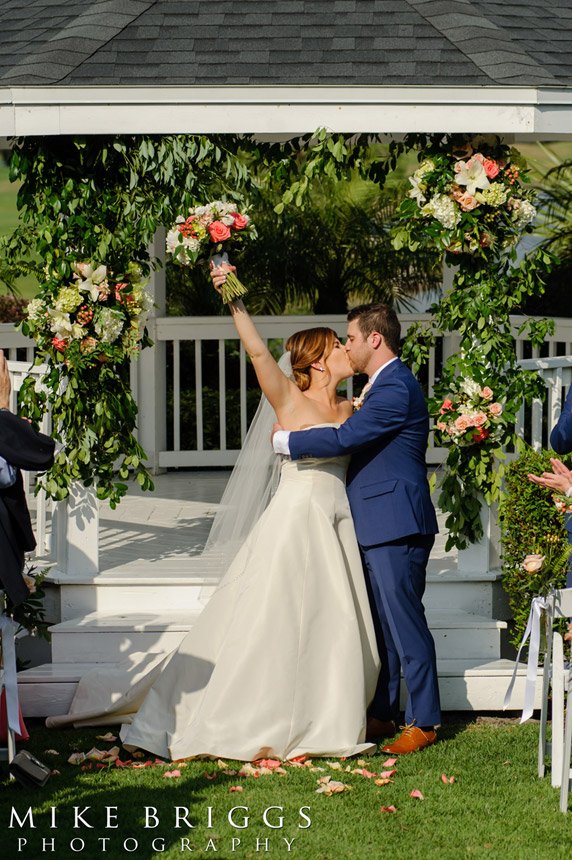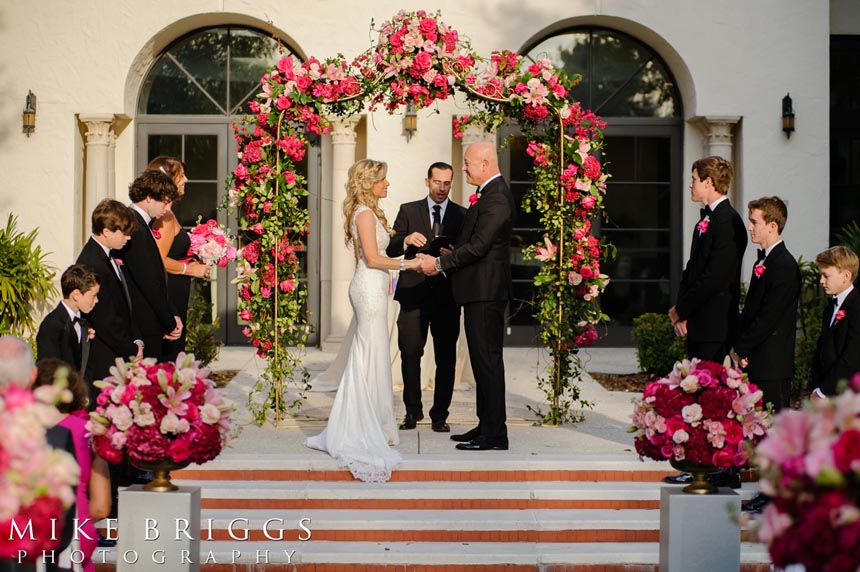
Wedding Ceremony Outline
Planning Your Wedding Ceremony Order
Planning a wedding ceremony can feel overwhelming with so many traditions, steps, and personal touches to consider. Whether you’re going for a traditional structure, a religious ceremony, or a personalized, non-religious outline, knowing the order of events and understanding the flow can make all the difference. This comprehensive guide will take you through a standard wedding ceremony outline, from the procession to the final recessional. It’s packed with essential details, helpful tips, and ideas for each stage of the ceremony, making sure everything runs smoothly for one of the most important moments of your life.
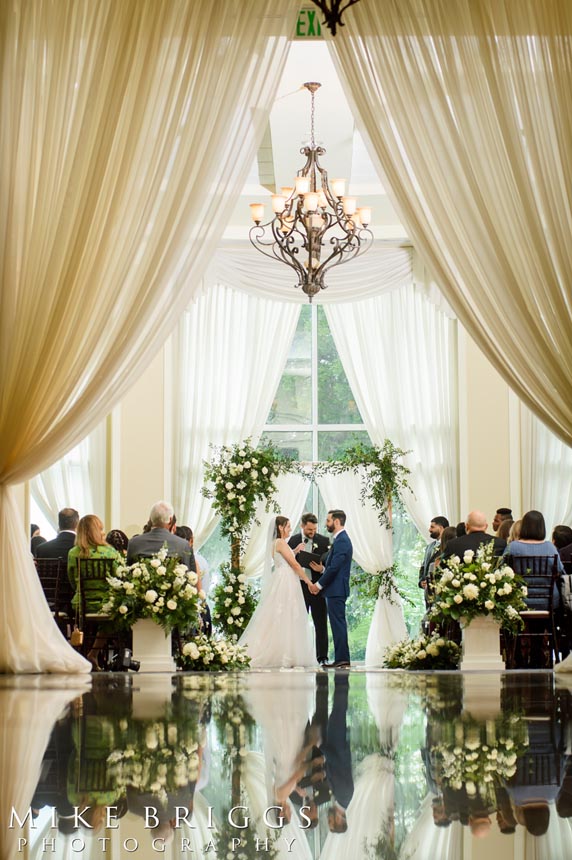
Traditional Order of Wedding Ceremony
For couples who want a traditional yet non-religious wedding ceremony, here’s a wedding ceremony outline of the wedding ceremony order of events.
1. Processional
The processional marks the beginning of the wedding ceremony, as the wedding party and family members enter and take their places. It’s a beautiful and symbolic moment that sets the tone for the entire ceremony.
Wedding Ceremony Processional Order
- Officiant: The officiant is often the first to enter and take their place at the front.
- Parents of the Groom: The groom’s parents can either escort him down the aisle or be seated.
- Groom: The groom traditionally enters next, either alone, with his parents, or alongside his best man.
- Bridal Ceremony Order: Bridesmaids and groomsmen follow, walking in pairs or separately. If walking separately, typically the groomsmen go first followed by the bridesmaids.
- Flower Girl & Ring Bearer: These young attendants walk down the aisle, often adding a light-hearted touch to the ceremony.
- Bride & Escort: Finally, the bride enters, traditionally escorted by her father, though some choose a different loved one or walk alone.
2. Opening Remarks from the Officiant
The officiant welcomes everyone and sets the tone for the ceremony, often with a few heartfelt words about love, commitment, and the couple’s journey together. This is also a good opportunity to mention any specific requests the couple has, such as unplugged ceremonies (no cell phones), and to acknowledge those who could not be there.
3. Readings
A few carefully chosen readings can add depth and emotion to the ceremony. Friends or family members are often invited to share a poem, quote, or passage. Couples may select texts that reflect their relationship, values, or beliefs, adding a personal touch to this part of the ceremony.
4. Declaration of Intent
The declaration of intent is the legal moment in the ceremony when each person formally agrees to marry. This step often involves the officiant asking each person, “Do you take this person to be your lawfully wedded spouse?” This declaration is a crucial part of any legally binding ceremony, as it signifies both individuals’ mutual consent.
5. Vows
Exchanging vows is one of the most memorable parts of a wedding ceremony. This is where each partner expresses their commitment and promises to the other. Many couples choose to write their own personalized vows for a more personal touch, while others may opt for traditional vows that have been used for generations.
6. Ring Exchange
The exchange of rings symbolizes the union and promises made. Typically, the officiant will ask the couple to place the rings on each other’s fingers as they recite a phrase like, “With this ring, I thee wed.” This tradition highlights the physical and emotional bond between the two.
7. Pronouncement
This is the moment when the officiant declares the couple officially married. It’s often phrased as, “I now pronounce you husband and wife” or “partners for life.” This is a powerful, affirming part of the ceremony where the couple is formally united.
8. First Kiss
The first kiss as a married couple is a time-honored tradition that everyone looks forward to. It’s an intimate and joyous moment that celebrates the union of the couple, symbolizing the start of their life together as partners.
9. Recessional
The recessional is the celebratory exit of the couple and their wedding party down the aisle. The newlyweds lead the way, followed by the wedding party, parents, and family. It’s the closing moment of the ceremony, full of joy and celebration.

Religious Wedding Ceremony Order
Different religions and cultures have unique elements and traditions in their wedding ceremony outline. Here are some typical ceremony orders for Christian, Jewish, and Hindu weddings:
Christian Wedding Ceremony Order of Events
A traditional Christian wedding ceremony follows a specific structure that includes the following elements:
- Prelude: Music plays as guests are seated.
- Processional: The wedding party and the couple enter.
- Invocation: The officiant offers an opening prayer.
- Scripture Reading: Passages from the Bible are read, often by family or friends.
- Sermon: The officiant provides reflections on marriage.
- Exchange of Vows: The couple declares their promises to one another.
- Ring Exchange: Rings are exchanged as symbols of commitment.
- Unity Candle or Similar Symbolic Act: Some Christian ceremonies incorporate a unity candle lighting.
- Pronouncement: The officiant declares the couple married.
- Recessional: The couple and the wedding party exit.
Jewish Wedding Order of Marriage Ceremony
A Jewish wedding ceremony has a meaningful sequence that includes:
- Signing of the Ketubah: The marriage contract is signed.
- Chuppah: The couple stands under the chuppah, a canopy symbolizing their future home.
- Circling the Groom: The bride often circles the groom seven times.
- Sheva Brachot (Seven Blessings): Blessings are recited over a cup of wine.
- Ring Exchange: The couple exchanges rings, usually starting with the groom.
- Breaking the Glass: The groom (and sometimes the bride) breaks a glass, symbolizing the fragility of relationships.
- Pronouncement and Recessional: The couple is pronounced married and exits the ceremony.
Hindu Wedding Ceremony Order of Events
The wedding ceremony outline for a Hindu wedding is rich in symbolism and tradition, with these key parts:
- Baraat (Groom’s Arrival): The groom arrives in a festive procession.
- Swagatam (Welcoming the Groom): The bride’s family greets the groom.
- Ganesh Puja: A prayer is offered to Lord Ganesh for blessings.
- Kanya Aagaman (Bride’s Arrival): The bride arrives at the mandap (wedding altar).
- Jaimala (Exchange of Garlands): The couple exchanges floral garlands.
- Saptapadi (Seven Steps): The couple takes seven steps, each representing a vow.
- Sindoor and Mangalsutra: The groom applies sindoor (vermilion) on the bride’s forehead and ties the mangalsutra (sacred necklace).
- Pronouncement: The couple is officially married.
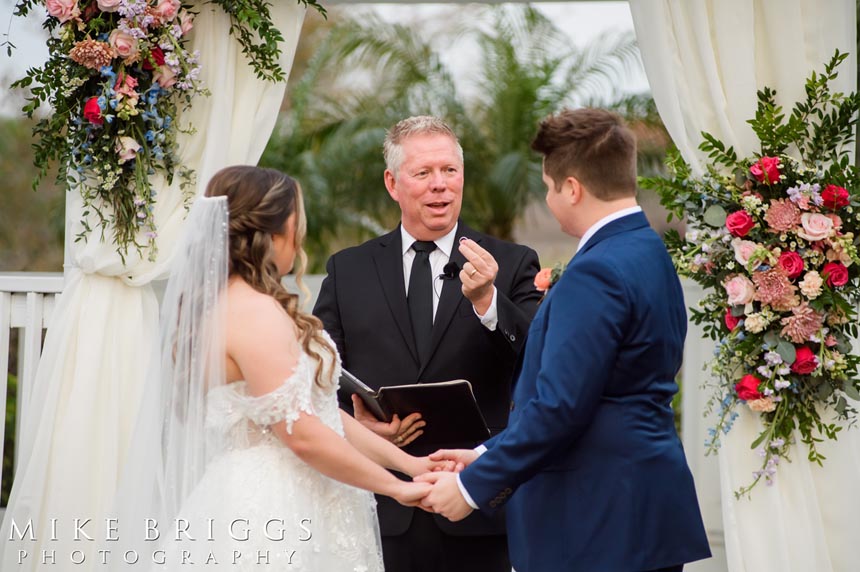
Outline of Wedding Ceremony for Officiant
How to perform a wedding ceremony step by step?
If you’re officiating a wedding, follow this wedding ceremony outline: Welcome the guests, introduce the purpose of the gathering, invite any planned readings, guide the couple through the declaration of intent, facilitate the vows and ring exchange, announce the pronouncement, and close with the recessional.
What is the sequence of a wedding ceremony?
The typical sequence starts with the processional, followed by the officiant’s welcome, readings, declaration of intent, vows, ring exchange, pronouncement, first kiss, and ends with the recessional. Each part plays a unique role in creating a meaningful and structured ceremony.
Is it ok to change my wedding ceremony order?
Yes, absolutely. Many couples personalize their ceremony to better reflect their values, relationship, or cultural background. Adjusting the ceremony order or including unique rituals can make the event even more meaningful.
What is the proper line up for a wedding ceremony?
The traditional line-up starts with the officiant at the front, followed by family members, the wedding party, the flower girl and ring bearer, and finally the bride and her escort. The order can be customized to fit personal preferences.
Crafting a Meaningful Wedding Ceremony Outline
Creating a wedding ceremony outline helps you map out the sequence of events for one of the most important days in your life. From the joyous moment of walking down the aisle in the processional to the heartfelt exchange of vows, each step contributes to a memorable and meaningful celebration. A traditional ceremony, with its familiar order of events, provides a structured experience that many couples find comforting and timeless. For others, customizing the ceremony order or incorporating personal elements can make the day feel even more special.
For non-religious ceremonies, the process is often straightforward, focusing on the bond between two people and the promises they make to each other. Religious and cultural ceremonies, such as Christian, Jewish, and Hindu weddings, follow specific customs that add deeper layers of meaning and tradition. Each tradition brings its own rich symbolism and beauty, creating a ceremony that honors both love and heritage.
Whether you’re following a traditional script or crafting your own, understanding the essential components—from readings and vows to the pronouncement and recessional—ensures your ceremony flows smoothly. The answers to common questions, like “What is the proper line-up for a wedding ceremony?” and “How do I perform a wedding ceremony step by step?” provide clarity for couples and officiants alike.
Ultimately, your wedding ceremony should reflect your love, values, and personality as a couple. By using this guide as a template, you can confidently design a ceremony that feels true to you, whether you stick to tradition or infuse it with unique touches. With thoughtful planning and a clear outline, your ceremony will not only be beautifully organized but filled with moments that you and your guests will cherish forever.

